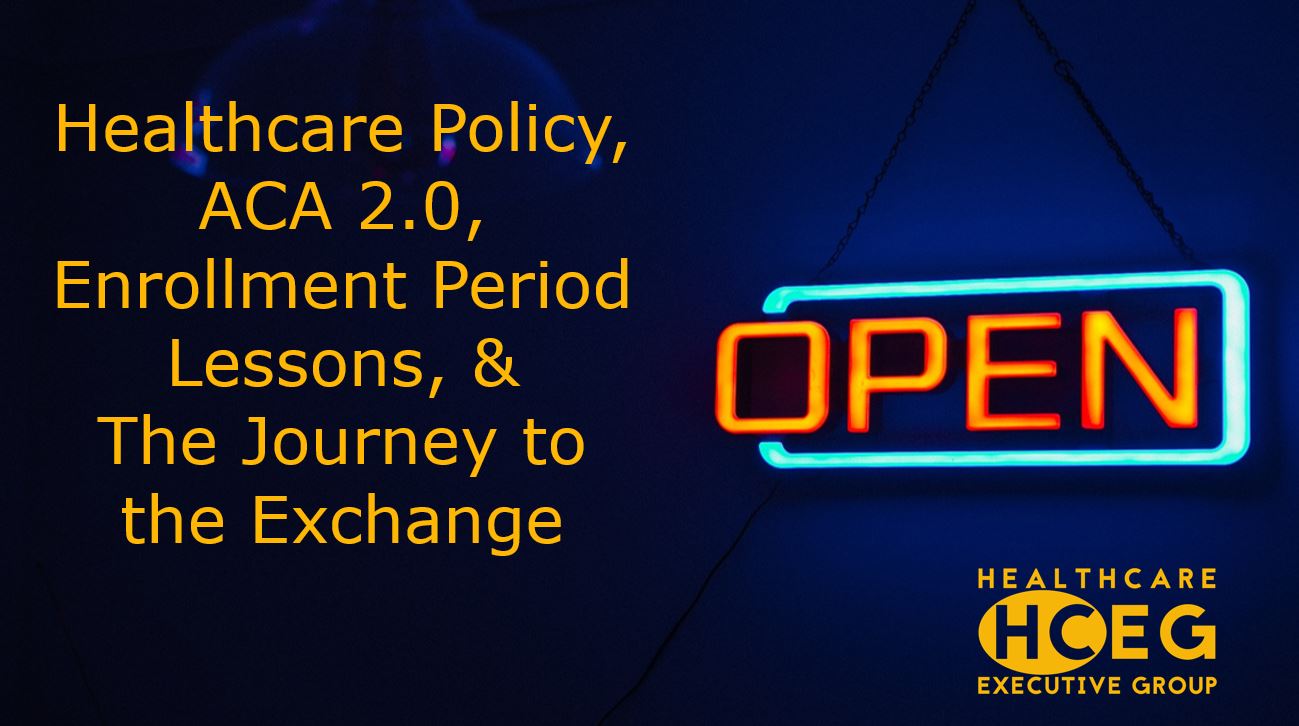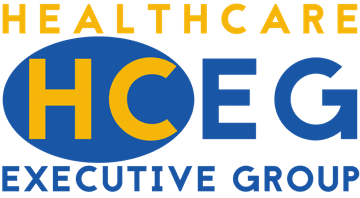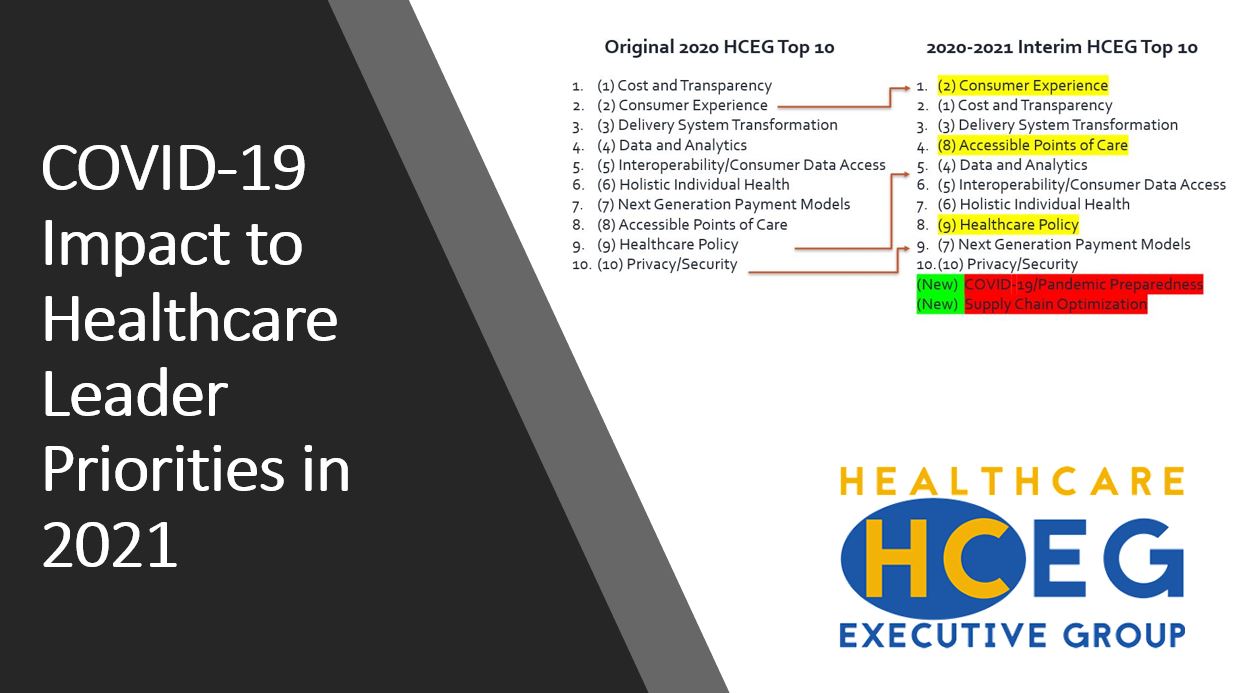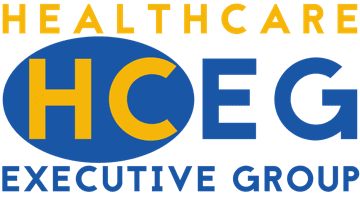
The real and potential impact of Biden administration healthcare policy, the next iteration of the ACA, the Open Enrollment Period that closed in December 2020, the Special Open Enrollment Period that began February 15th, 2021, and opportunities for leveraging the Federally-Facilitated Marketplace (FFM) and State-based Exchanges (SBE) are all current healthcare policy topics that are top of mind for leaders of many healthcare organizations.
Earlier last week our Executive Director Ferris Taylor and Kevin Deutsch, General Manager & Senior Vice President, Health Plan Cloud of HCEG technology sponsor Softheon met to discuss these and related topics. The goal was to identify and create a framework for additional discussion and exchange over the next few months. This post shares an overview of the call, shares a small portion of the discussion, describes content and presentations to be shared over the next few months, and offers an opportunity to engage with other healthcare leaders on the Healthcare Policy/ACA focus area of the 2021 HCEG Top 10+ list.
See the end of this post for information on upcoming events on Healthcare Policy/ACA 2.0 and an opportunity to participate in our Focus Area Workgroups.
The ACA Revolution – Healthcare Policy from ObamaCare to TrumpCare to BidenCare
Ferris kicked off the discussion by noting that the elephant in the middle of the table is that everything seems to have changed with respect to the ACA and healthcare policy. There have been a few different iterations of the ACA at this point. If the ACA focus of the Obama administration was to ‘Pass & Implement’ and the Trump administration mantra was ‘Repeal & Replace,’ Kevin suggests that the goal of the Biden administration is to ‘Advance & Grow’ the ACA.
Kevin shared that a number of health plans that left the marketplace after participating the first couple of years, as well as plans that hesitated to join due to political and other uncertainties, are now rejoining the Exchange or planning to join for the 2022 plan year.
RELATED: “Considerations for Health Plans as we approach ACA 2.0 and Bidencare”
 Expanded APTC Eligibility and Subsidy Amounts May Drive Individual Market Growth
Expanded APTC Eligibility and Subsidy Amounts May Drive Individual Market Growth
The likely expansion of eligibility for Advance Payment Tax Credits (APTC) and increased amounts of APTC subsidies by the Biden administration will create the opportunity for millions of new consumers to enter the individual market.
This is a key consideration – the impact of near-term changes to subsidy levels and APTC eligibility. From the discussion, it appears that retroactive subsidy changes could happen in the next couple of months and undergo additional change over the next couple of years. Kevin shared experience as to how data exchange/interoperability with CMS and having the right controls in place surrounding subsidy determination and reconciliation are critical to sustaining plan performance and scaling enrollment processes.
2021 Open Enrollment and Special Enrollment Period: Lessons Learned & to Be Learned

See lessons learned from the 2021 Open Enrollment Period in this recent blog post and the recent press release about how Softheon Simplifies Operations and Reduces Administrative Burdens for Health Plans During Special Enrollment Period and Beyond.
RELATED: Bidencare & the Latest on the Special Enrollment Period
New Marketplace Entrants – Partnering to Advance & Grow
In addition to traditional health plans, Kevin shared that Softheon is seeing technology companies focused on personalized care delivery models AND large, established technology firms, becoming an issuer offering plans on the exchange and/or developing products focused on helping others establish a presence on the ACA marketplace.
While some of those technology companies may have the technical expertise, they don’t necessarily have the depth of understanding as it relates to the marketplace requirements and being a Qualified Health Plan on the exchange. They are quickly learning that nuances within the exchange workings and platform – like EDI enrollment processing, billing and payment, integration with claims platforms, and enrollment/subsidy reconciliation – are good areas in which to partner.
Related: Google to establish Minnesota office as projects with Mayo Clinic expand and mature
2022 Enhanced Direct Enrollment – Facilitating Preparations
Ferris mentioned a January 2021 CMS report “Impact of Enhanced Direct Enrollment During the Open Enrollment Period for 2021 Coverage” that noted how the successful full-scale implementation of Enhanced Direct Enrollment (EDE) over the past two years has yielded outstanding results for the Federally-Facilitated Marketplace.
Since Softheon is one of only a few CMS-approved providers of EDE Phase 3 technology, Kevin shared his understanding of the challenges, issues, and opportunities that companies looking to get on the exchange, or improve their existing FFM exchange operations, should be aware of, including:
- Keeping consumers on your own health plan branded platform throughout the entire enrollment process.
- Improving member experience by providing customer service staff and insurance brokers with tools to assist with not only the initial enrollment process but also with additional life event-related transactions throughout the plan year.
- Planning for increased traffic volumes and the exchange of more personal information between systems, companies, and individuals requires a robust identity management strategy and threat detection measures.
- Meeting significant security, compliance, and other technical requirements, on top of business-related audits and reporting.
The Issuer Journey to the Marketplace Exchange

Kevin shared that while requirements for a sustainable presence on the exchange are generally consistent across all issuers, the individual steps and specific pathways through the roadmap to get on the exchange may vary. Given the scope of this topic, additional information will be shared in future posts and a special podcast planned after this SEP closes as noted below.
HCEG, Softheon and the Healthcare Policy/ACA Focus Area
In addition to more details on each of the above issues, the exchange between Ferris and Kevin covered a lot of other topics including the following:
- Trend toward moving from FFM to state-based exchanges.
- What happens when the state that you’re in, or you’re planning to get into, converts from the FFM into a state-based exchange a year from now?
- Unique challenges and opportunities in getting on state-based exchanges.
- Special considerations for State/CMS-qualified Medicaid programs
- Timelines and steps to be on the exchange in 2022
- Growing alignment between consumers and their health plans, especially with COVID
- Increasing retention of plan members across enrollment periods
Upcoming Opportunities for More Information, Insight, & Ideas
Between now and the end of May, HCEG will be working with members, other healthcare executives, industry thought leaders, and sponsor partners to create, curate, and present additional information and insight on various focus areas of the 2021 HCEG Top 10+.
The following Healthcare Policy and related topics are scheduled to be presented with Softheon, the focus area thought leader for Healthcare Policy:
| Now | HCEG Focus Area Workgroups
HCEG members are encouraged to join small roundtable workgroups on the Healthcare Policy/ACA topic. Click here to join the Focus Area Group discussions. |
| 3/15/21 | The Issuer Journey to the Marketplace Exchange
A podcast presenting a roadmap addressing key challenges, issues, and opportunities to establish a presence on the exchange including maximizing plan distribution channels. |
| 3/29/21 | Top Questions on Building Your Exchange-related Technology Infrastructure
A digital presentation of technical and technology-related approaches and considerations related to the exchange. |
| 4/12/21 | Key Success Factors for Your 2022 Exchange Operations
A blog post presenting learnings gathered from the 2021 Open Enrollment Period, recent exchange implementations, HCEG members, and industry experts. |
| 5/3/21 | Topics and Questions to Be Addressed in Upcoming Webinar Series Event
An ongoing, digitally interactive Q & A process collecting and addressing questions from the HCEG network and other industry leaders and participants on current healthcare policy developments, ACA 2.0, and lessons learned from Open Enrollment & Special Enrollment Periods |
| 5/17/21 | Webinar: Healthcare Policy Developments, ACA 2.0, and Recapping Open Enrollment & Special Enrollment Periods
A webinar presenting a summary of all the information, insight, and ideas collected in the above events. |
| June 2021 | Summary/Whitepaper on Lessons learned in preparing for the ACA Revolution/Revitalization |
To receive announcements and information on all of the above and other information of potential value to healthcare executives and leaders, subscribe to our newsletter today. And reach out to us here if you have any questions and/or would like to share information and/or your insight on these and other HCEG Top 10+ topics.

 Expanded APTC Eligibility and Subsidy Amounts May Drive Individual Market Growth
Expanded APTC Eligibility and Subsidy Amounts May Drive Individual Market Growth



[…] RELATED: Expanded APTC Eligibility and Subsidy Amounts May Drive Individual Market Growth […]
[…] RELATED: Healthcare Policy, ACA 2.0, Enrollment Period Lessons, & The Journey to the Exchange […]